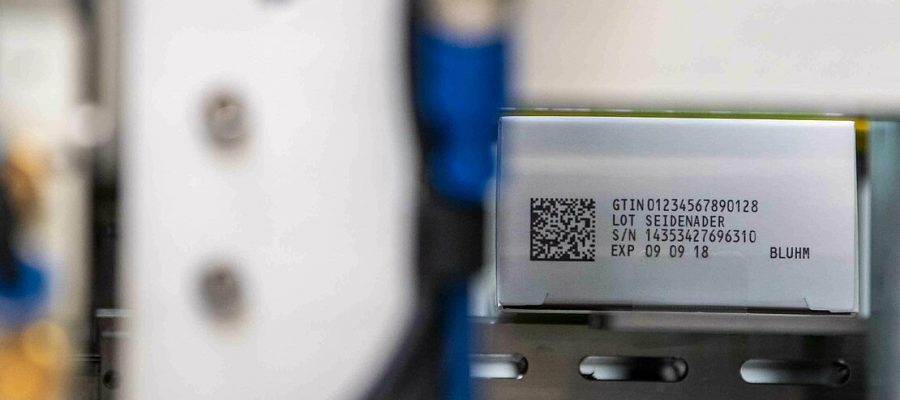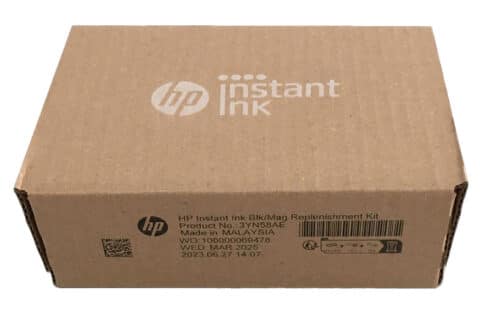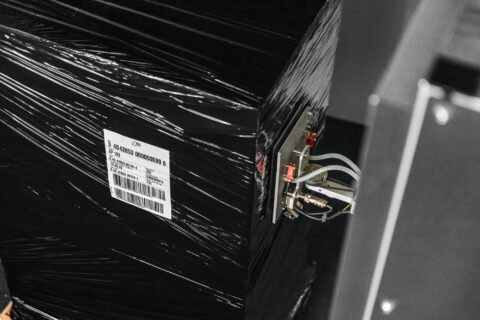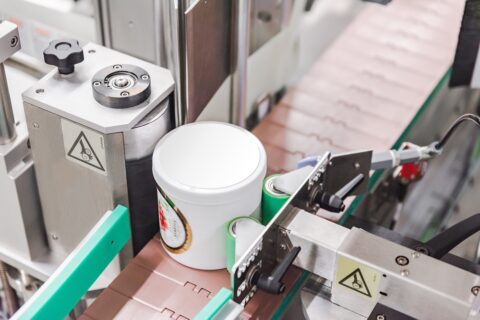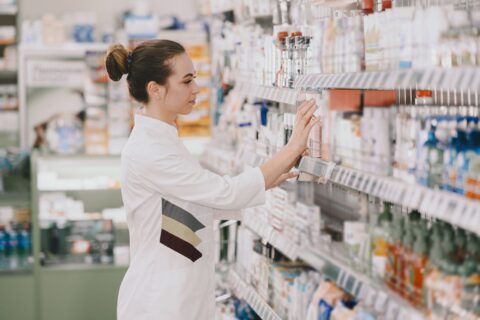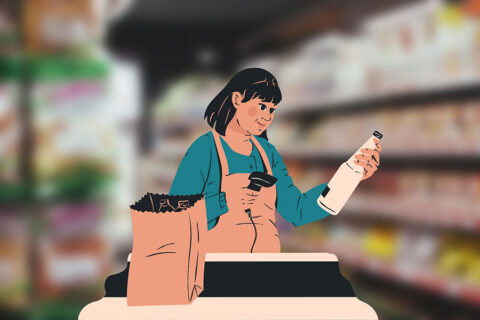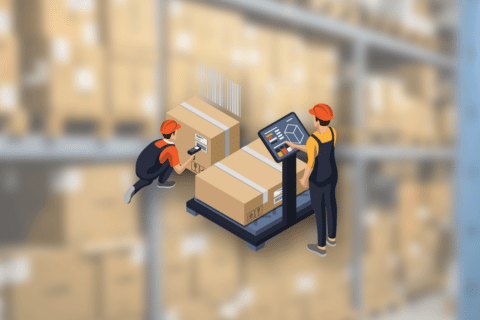The serialisation of medicines is a concept from the pharmaceutical industry. It is the answer to the European battle against life-threatening counterfeit medicines and their manipulation. In this blog post, we explain what serialisation is and why it is important.
 EU Directive 2011/62/EU states that prescription medicines must have safety features. These features must, among other things, ensure that the authenticity of the product can be verified at all times.
EU Directive 2011/62/EU states that prescription medicines must have safety features. These features must, among other things, ensure that the authenticity of the product can be verified at all times.
The directive obliges the entire pharmaceutical chain to ensure the authenticity of medicines. And since everyone in the chain is involved, counterfeit medicines can be recognised immediately and withdrawn from the market quickly.
But what is serialisation?
Serialisation is a combination of coding/labeling, marking and tracing. This is done with a data matrix code, a central database system and tamper proof packaging.
EU directive 2011/62/EU requires that every medicine package have a Unique Serial Code (USC) in combination with the Global Trade Item Number (GTIN), batch number (LOT), expiry date (EXP) and name of the manufacturer. All information is encoded in a 2D data matrix code, which is then printed in plain text with a certain minimum print quality on the packaging.
 The USC must be unique, random, not easily duplicated, readable and scannable. The encrypted information is stored in a central database system. Through the European Medicines Verification System, the pharmaceutical industry checks the authenticity of medicines.
The USC must be unique, random, not easily duplicated, readable and scannable. The encrypted information is stored in a central database system. Through the European Medicines Verification System, the pharmaceutical industry checks the authenticity of medicines.
The manufacturer is responsible for applying the USC to the medicine packaging. Tracing takes place in the logistics chain and the pharmacy checks whether the code is listed in the national database. If the code is not in the system, the medicine is not issued.
 In addition to the USC, each package must be tamper proof. This means that it must be possible to determine with visible damage when a package has been opened. The combination of these two measures must guarantee the safety of medicines and promote consumer confidence in the pharmaceutical industry.
In addition to the USC, each package must be tamper proof. This means that it must be possible to determine with visible damage when a package has been opened. The combination of these two measures must guarantee the safety of medicines and promote consumer confidence in the pharmaceutical industry.
After all, our common goal is to guarantee the safety of medicines and fight against counterfeiting.
Why is serialisation so important for the pharmaceutical sector?
The estimated market value of counterfeit medicines is $75 billion a year! This market poses a threat to all countries, to all patients and with immense consequences for the development of society.
The WHO claims that sub-standard and counterfeit medical products affect the health of a society, leading to adverse effects such as:
-Toxicity or lack of efficacy caused by incorrect active ingredients.
-Inability to cure or prevent diseases.
-Increase in mortality and in antimicrobial resistance.
-Loss of trust in healthcare providers, care programmes and the healthcare system.
At the same time, the threat of sub-standard and falsified products extends into the healthcare field, with social and economic consequences:
-An increase in the cost of health care.
-Economic loss of productivity and income.
-Additional burden on healthcare providers, national medicines regulatory authorities and the criminal justice system.
-Less solidarity and more poverty.
Labeling solutions to implement serialisation
Weber Marking Systems has more than 50 years of experience in the field of automated labeling solutions and labels. For the pharmaceutical industry, we create coding and labeling solutions for the primary, secondary and tertiary packaging of medicines which comply with the EU directive 2011/62.
Take a look at our pharmaceutical labeling and coding solutions on the website or feel free to contact us for more information.
LABELING & CODING SOLUTIONS PHARMA


